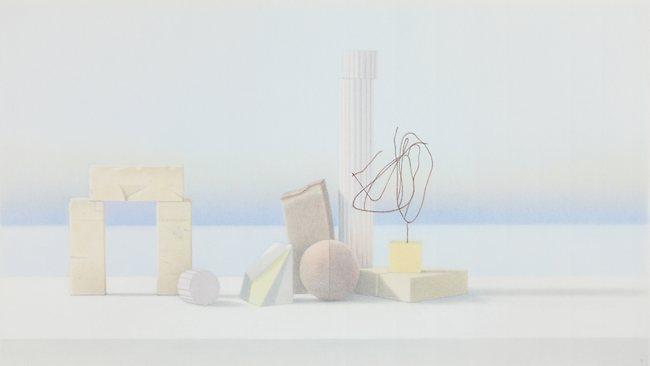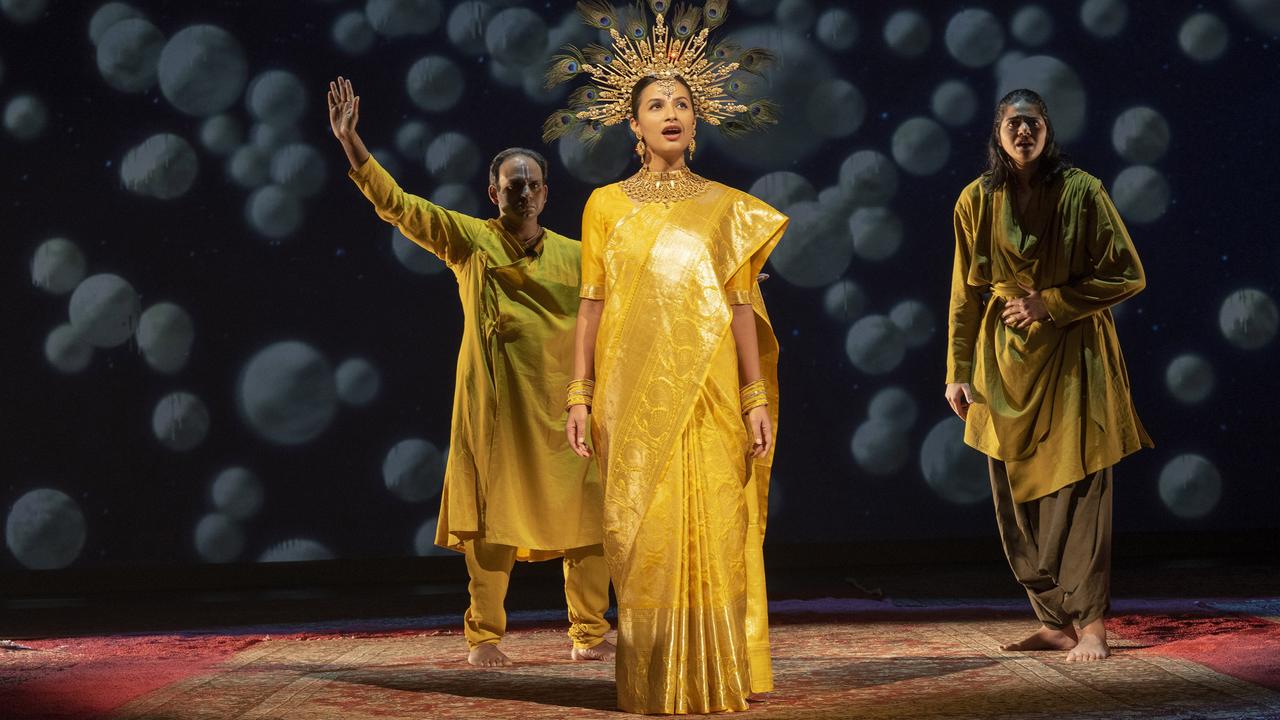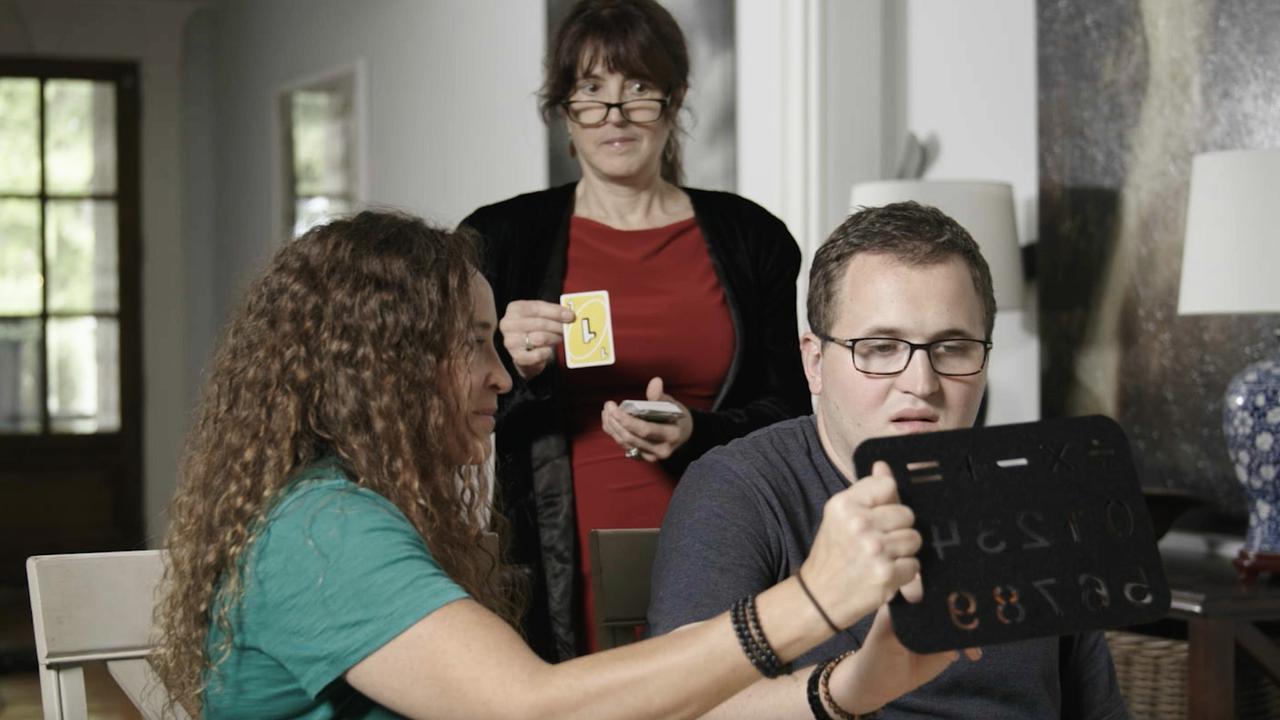Drawing's alchemy spins gold
THE Rick Amor Drawing Prize, established in 2010, is held every second year at the Art Gallery of Ballarat in Victoria.

THE Rick Amor Drawing Prize, established in 2010 by one of Australia's most eminent living painters, is held every second year at the Art Gallery of Ballarat in Victoria. The award is worth $10,000 and is acquisitive for the collection.
For the second occasion, this year, there were 672 entries from across Australia, of which 76 have been chosen as finalists.
One of the most interesting conditions is the limitation on size. Entries cannot exceed 56cm x 76cm, so there is a deliberate encouragement of relatively small and well thought-out drawings rather than the oversized ones pursuing superficial effect that have become all too common.
Students in art schools become used to drawing on large pieces of cheap and disposable paper, and are astonished to see how very small most old master drawings are.
This is true even of the 19th century, as we saw in the exhibition of French drawings from the collection of Louis-Antoine Prat at the Art Gallery of NSW in 2010.
The general standard of execution is competent, but as usual aesthetic orientation is very uneven.
I would have expected more entrants to consider Amor's achievement as an artist: not to imitate him, of course, but to think about the implications of his approach as one of the small number of practitioners who understands the art of painting. Instead, almost all are content to stay in the ruts of their own idiosyncrasy.
The essence of drawing is the encounter with a reality outside the mind of the subject. It is not the object but the encounter that matters, so that there is no question of passively copying; the artist has in fact to make an object where none existed, translate the ineffable into a concrete form.
One can argue that abstract drawing is a case of reaching towards some such transcendent reality, but in practice it is seldom more than a kind of doodling, which is no doubt very absorbing for the person engaged in the process.
There are plenty of examples here, and they often remind you of knitting. The problem is that there really is no tension between the mind and the world.
Even when artists do apply themselves to a world outside, there remains a more insidious danger.
It is hard for many to get past stylistic mannerisms and cliches, including tricks picked up in art school, all of which vitiate the quality of their engagement with experience and leave them with hackneyed results.
The remedy in most cases is to look more carefully, not leap to conclusions, retain the sense of the difficulty and mystery of their task, and have the humility to try harder and be as articulate as they can.
Among the drawings that stand out, Garry Anderson's strong and spare portrait of a retrenched insomniac shows how much can be achieved on a small scale; Graeme Drendel with a quirkily deadpan drawing of a girl stripped to the waist and carrying a rifle, Peter Wegner with two little portraits, Elizabeth Blanchet with a Goya-inspired crowd staring into an abyss and Tom Carment with a series of chickens and ducks in cages at a rural show are all worthy of attention. Kristin Headlam's picture of a little girl having her portrait drawn is gently witty.
The judge this year was Prudence Flint, and she awarded the prize to Ken Smith after reducing the field to two drawings which now hang side by side. The other, by John Bokor, is called My Untidy Kitchen; Bokor has doubled the effect of clutter by drawing the picture once, then going over it with a thin layer of gesso and drawing it again, in some places scraping back the still-damp gesso, so that a second image shows through, like a visual echo.
Smith's winning picture, In the Light of History I, is a still life of objects that evoke architectural forms, from early megaliths to Greek columns, together with some other geometrical forms. The composition is not particularly remarkable and the merit of the work consists mainly in its meticulous and quite absorbing execution in coloured pencils.
Other interesting pictures hanging nearby include Maria Leonard's Glass Artisan at Work, a drawing predominantly in ink that recalls early modern pictures of alchemists in their laboratories and has a strong sense of tone, and Christopher Kerley's Street, another piece with a solid tonal structure, this time executed in charcoal, and one of the rare entries that seems to imply some consideration of Amor's work.
Jason Benjamin, finally, has one of the subtlest drawings in the exhibition, Australian Ghosts, a view of rolling paddocks behind a fence of barbed wire, sparsely occupied by the skeletal forms of dead trees.
Although almost disembodied compared with Kerley's tonal masses, Benjamin too illustrates how much can be achieved on a very modest scale.
VISUAL ART
Rick Amor Drawing Prize. Art Gallery of Ballarat, Victoria.
Until June 24.



